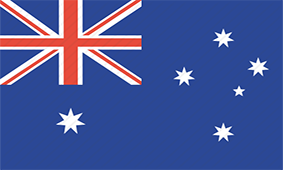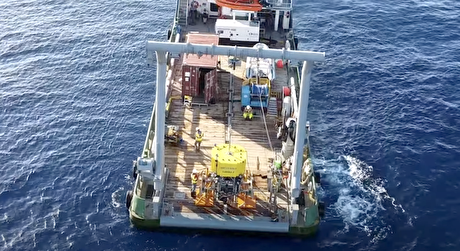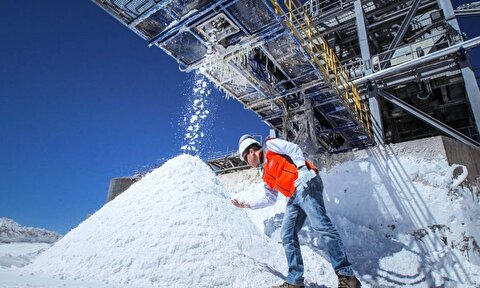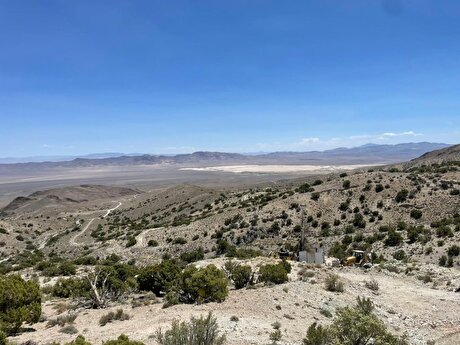
Australia's lithium sector consolidates in weak market

Spodumene prices have fallen to under $600/t from above $900/t in early 2018, while lithium hydroxide prices have fallen to around $12,000/t from $18,000/t a few months ago.
Hundreds of millions of dollars have been wiped off the value of listed lithium producers and explorers as the market comes to terms with the spectre of oversupply and an uncertain near-term demand outlook.
Only one local lithium producer — Alita Resources' Bald Hill mine — has gone into administration, but several others have put a hold on expansion plans and strategies to upgrade their product to higher-value battery material.
Producers such as Pilbara Minerals, Altura Mining and Galaxy Resources have seen their share prices more than halve in the past year as their margins have been squeezed and their business models questioned. Orocobre, an Australian company that produces lithium carbonate in Argentina, has come under similar pressure.
As the world's largest lithium exporter, Australia has a vital role to play in the continued rollout of vehicle electrification and energy storage throughout the world. Its abundance of hard rock lithium, which can be converted into lithium hydroxide for battery manufacturers, has attracted industry leaders such as Chile's SQM, US-based Albemarle and China's Tianqi Lithium to invest heavily in downstream conversion facilities in Western Australia.
But growth in global lithium consumption has slowed in response to challenging economic conditions and policy changes in China. As a result of a shortage of buyers, Chinese companies that convert hard rock lithium concentrate into battery chemicals have been increasing their levels of stock.
"The present lithium oversupply is challenging for market participants, but not wholly unintended — the long-term goal of investment in new and expanded mines has been to position businesses to meet future demand," the Australian government's September Resources and Energy Quarterly said in its analysis of the lithium industry.
While it foresees lithium hydroxide prices rebounding after 2020 as surpluses decline, it expects spodumene ore (the precursor for hydroxide production) to remain under pressure for a bit longer.
Despite difficult trading conditions, it is not all gloom in the Australian lithium industry. Output of 288,000t of lithium carbonate equivalent in the 2018-19 calendar years is seen rising to 358,000t by 2020-21, with export earnings dipping slightly to A$1.3bn ($884mn) from A$1.4bn.
Spodumene ore mining and concentrate processing facilities that have been commissioned over the past two years are ideally placed to benefit from any recovery in prices, while market leaders such as Albemarle, SQM and Tianqi are continuing to invest heavily in downstream conversion capacity.
Sounding an optimistic note for lithium and other battery materials, the Resources and Energy Quarterly said global electric vehicle (EV) sales in the first half of 2019 were 50pc higher than the first half of 2018, with the growth rate accelerating.
"With the pricing of EVs expected to become increasingly competitive with internal combustion engine vehicles over the next few years, lithium consumption volumes are expected catch up with production volumes (based on currently planned mines) as soon as 2021," the quarterly review said.


Gold price eases after Trump downplays clash with Fed chair Powell

Copper price hits new record as tariff deadline looms

Brazil producers look to halt pig iron output as US tariff threat crimps demand

Three workers rescued after 60 hours trapped in Canada mine

Gold price could hit $4,000 by year-end, says Fidelity

US targets mine waste to boost local critical minerals supply

Energy Fuels surges to 3-year high as it begins heavy rare earth production

Glencore workers brace for layoffs on looming Mount Isa shutdown

Chile’s 2025 vote puts mining sector’s future on the line

Kinross divests entire 12% stake in Yukon-focused White Gold

Gold price could hit $4,000 by year-end, says Fidelity

Southern Copper expects turmoil from US-China trade war to hit copper

Ramaco Resources secures five year permit for Brook rare earth mine in Wyoming

Column: EU’s pledge for $250 billion of US energy imports is delusional

Finland reclaims mining crown as Canada loses ground

Gold price down 1% on strong US economic data

Trump’s deep-sea mining push defies treaties, stirs alarm

Chile’s 2025 vote puts mining sector’s future on the line

Gold price retreats to near 3-week low on US-EU trade deal

Gold price could hit $4,000 by year-end, says Fidelity

Southern Copper expects turmoil from US-China trade war to hit copper

Ramaco Resources secures five year permit for Brook rare earth mine in Wyoming

Column: EU’s pledge for $250 billion of US energy imports is delusional

Gold price down 1% on strong US economic data

Trump’s deep-sea mining push defies treaties, stirs alarm

Chile’s 2025 vote puts mining sector’s future on the line

Gold price retreats to near 3-week low on US-EU trade deal

China’s lithium markets gripped by possible supply disruptions














